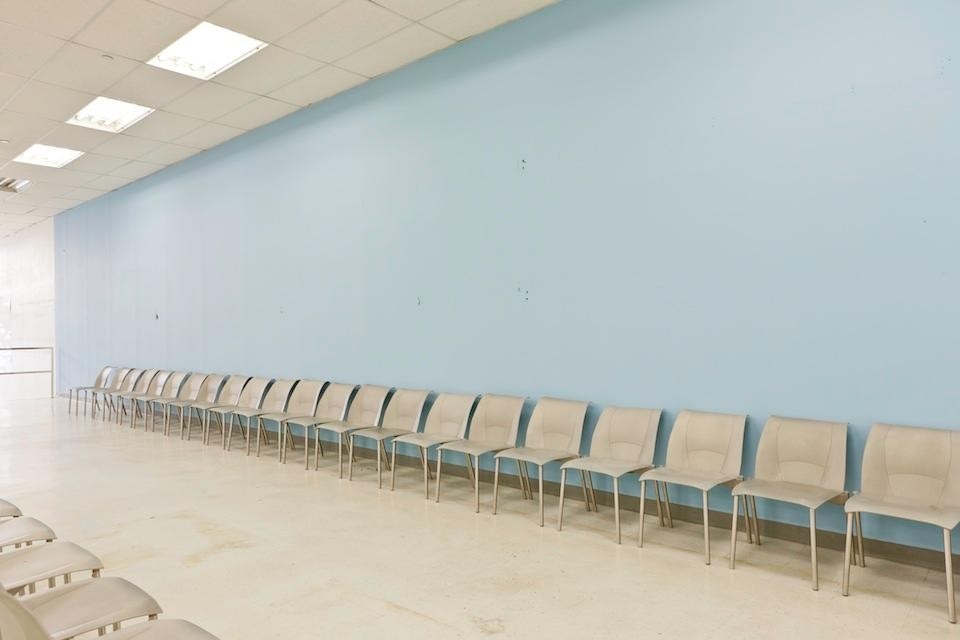No matter how comfortable we—art enthusiasts, designers, or members of the Prozac nation—become with the language of mental illness the term "sanatorium" still has the capacity to unsettle, evoking images of nineteenth century institutions and lobotomized patients. Reyes provokes with his title, but the experience is more stylized self-help than anything sinister. Volunteer "therapists" wearing white lab coats and wielding clipboards greet visitors, guiding them to a reception desk. There, a short consultation results in the assignment of three treatments from a list of sixteen individual and group therapies. It's at this point that Sanatorium visitors are transformed from museumgoers to patients.

Under a ubiquitous fluorescent glare it's amazing how quickly the conceits of connoisseurship fall away. Gestalt psychology, life coaching, and confession replace taste, judgment, and consumption. At the Philosophical Casino, patients ask questions of oracles shaped like oversized, multi-sided dice, each facet tagged with texts from Greek, Renaissance, German and "typographical" philosophers. A volunteer therapist assigned to monitor this station explains that a treatment's success is based not as much on any singular interpretation as "a willingness to be open."
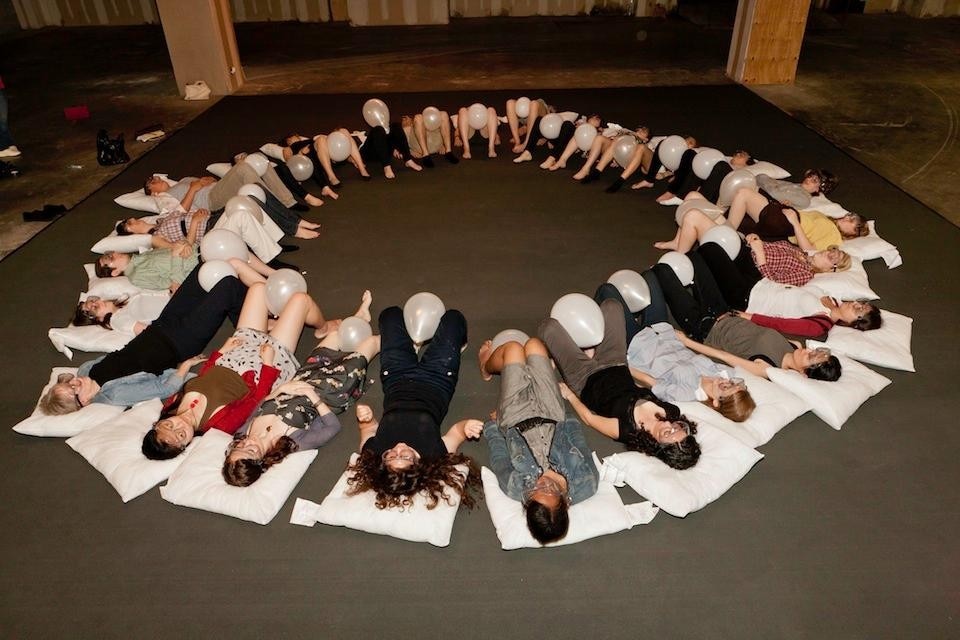
The main aesthetic of Reyes’ work relies on the homogenizing effect of western medicine. His social critique seems to be taking a jaundiced eye to a privileged society’s embrace of self-improvement as lifestyle.
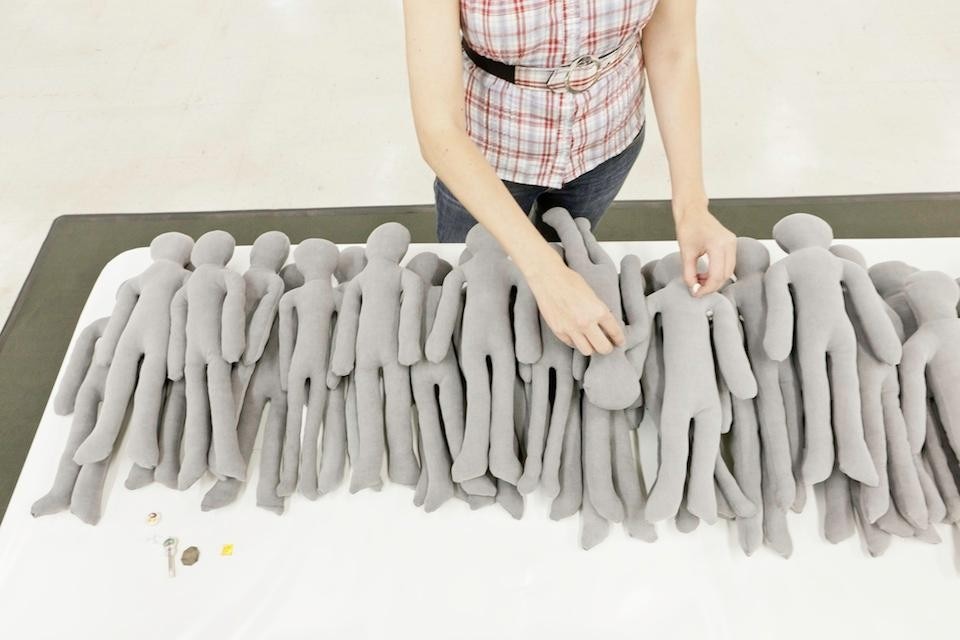
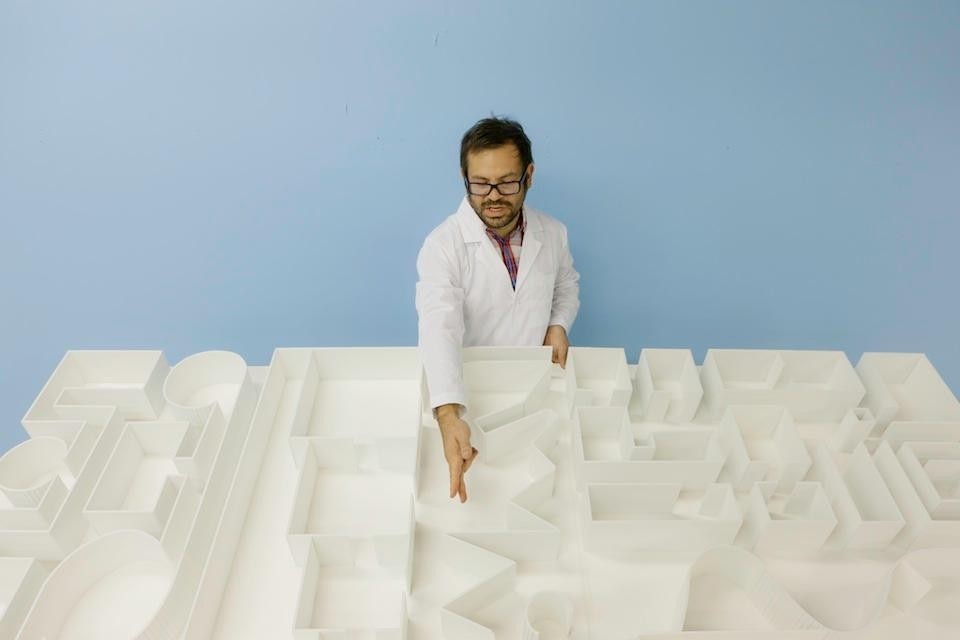
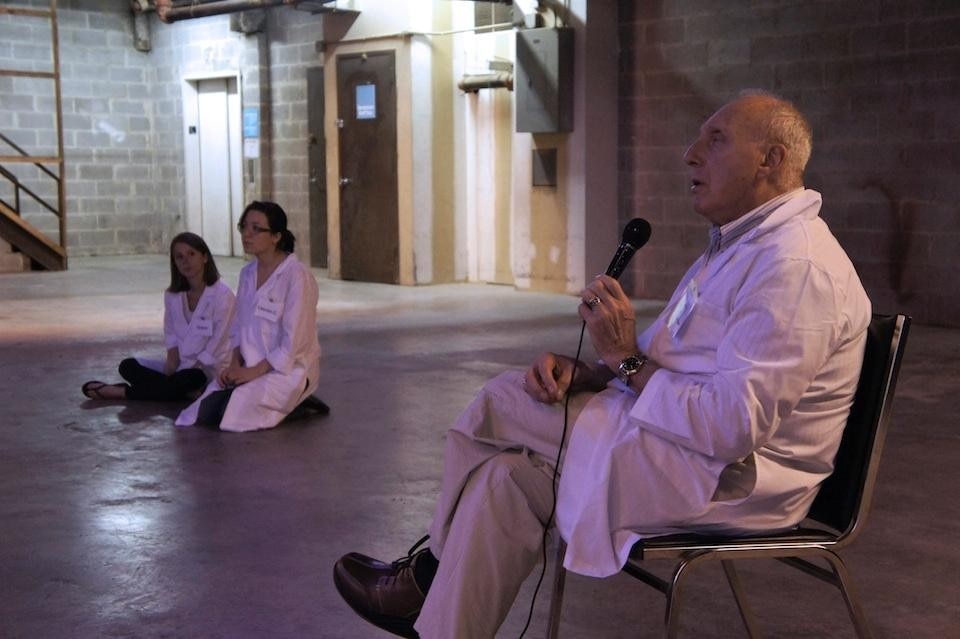
Mimi Zeiger
Sanatorium ran at Brooklyn's Metrotech from June 2–5 and 9–12


